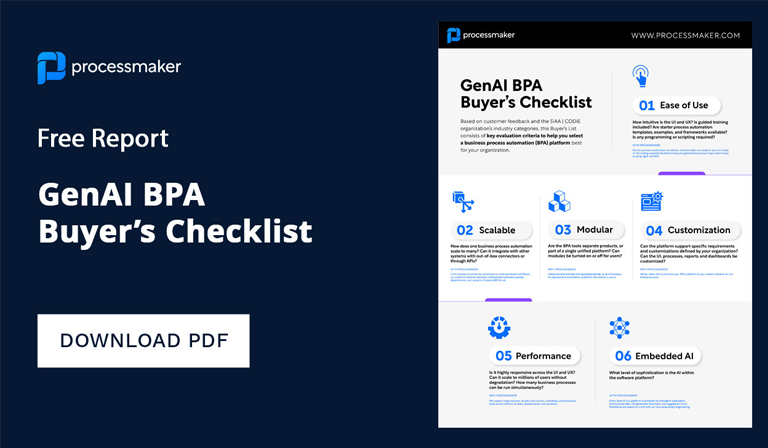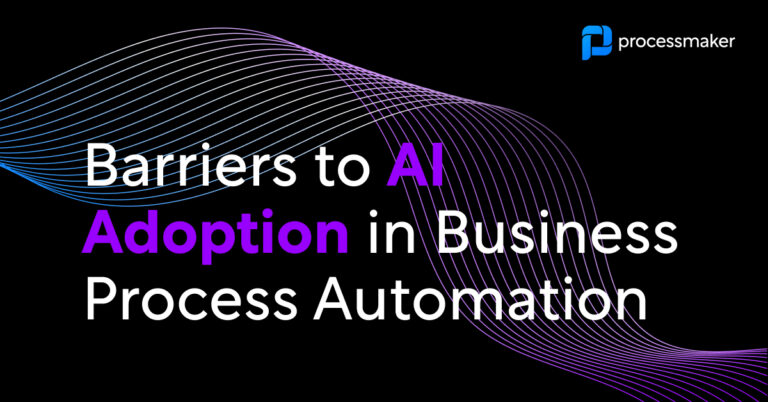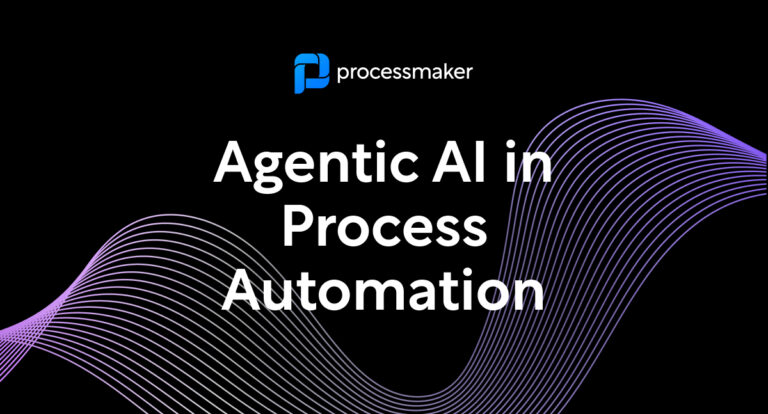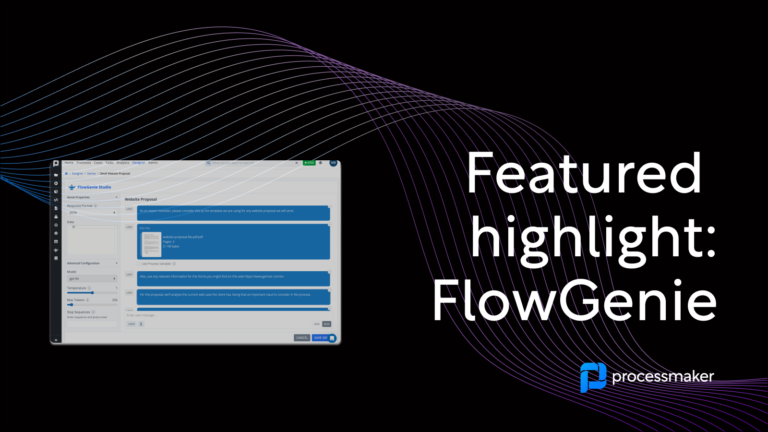Generative AI is rapidly changing the way we work and live. It seems like every day, there’s a new breakthrough in AI that has the potential to completely change how we do business. One of the most promising applications of generative AI is in the field of business process automation (BPA). By automating repetitive and mundane tasks, generative AI can free up employees to focus on more strategic and creative work. This can lead to significant productivity gains and cost savings for businesses.
But how do you identify the tasks and processes that are best suited for automation? This can be tough. This is where most businesses get completely stuck.
There is an answer. It is called TASK MINING.
Task mining is a technology that allows businesses to record and analyze the exact way that employees get work done today. It is sort of like a modern way to ride along with groups of employees to watch how they work and use a stopwatch to capture the time they are spending on each task. This data can then be used to identify bottlenecks, inefficiencies, reworks, swivel-chairing between apps, and opportunities for automation.
The Productivity Potential of Generative AI
One estimate suggests that generative AI can perform tasks associated with more than 80% of jobs in the U.S., but the actual impact may vary depending on the specific tasks and industries being considered. Other experts say that “anything a person can do in front of a computer screen, an AI can already do better.” This includes highly skilled jobs and occupations requiring advanced degrees.
For example, studies have shown that when software developers were given access to an AI coding tool, productivity increased by an average of 26%. The biggest productivity gains were seen among newer hires and developers in more junior positions, who increased their output by 27% to 39%. This suggests that AI can be particularly helpful in leveling the playing field and empowering less-skilled workers.
It’s important to note that AI may also impact jobs that were previously thought to be safe from automation, such as those requiring creativity or complex cognitive skills. This shift could have significant implications for the workforce and the skills needed in the future.
Generative AI can also be used to automate tasks in other industries, such as customer service, marketing, and sales. For example, a study by the OECD found that AI could contribute between 0.25 and 0.6 percentage points to annual total factor productivity growth in the US over the next decade. In customer service, for instance, companies can reduce the amount of time employees spend on manual responses by 20% to 50%. In product development, software engineering could become 15% to 30% more productive. Goldman Sachs predicts that generative AI could boost annual productivity by 1.5 percentage points, driving $7 trillion in added economic value over the next decade.
The ROI of GenAI goes beyond cost savings. It also includes benefits like increased productivity, improved employee onboarding, and the elimination of information silos. For example, GenAI can automate repetitive ITSM tasks, reducing operational costs and enhancing service efficiency. It can also optimize workflow automation by eliminating bottlenecks and improving process efficiency.
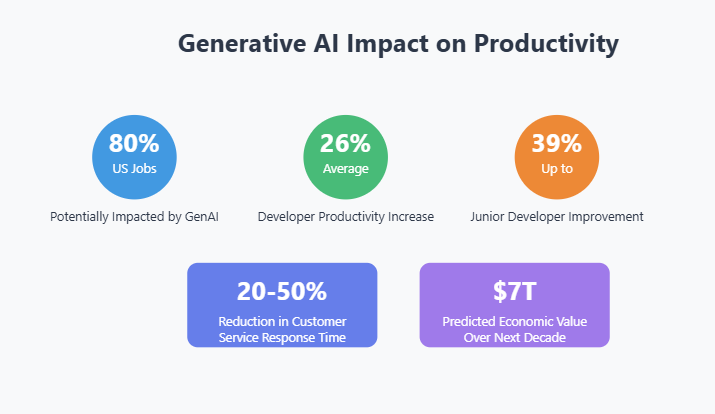
The History of Productivity Gains
The pursuit of productivity gains is not new. Throughout human history, we have sought ways to do more with less. Economists often attribute advancements in production technologies and processes to total factor productivity (TFP) growth. The Industrial Revolution, which began in the late 18th century, was a period of unprecedented productivity growth. This was driven by a number of factors, including the invention of new machines, the development of new manufacturing processes, and the expansion of trade.
Significant growth in productivity occurred in transportation and communications prior to the Civil War, driven by the steam locomotive and the telegraph. From 1870 to 1900, railroads and telegraphs led to dramatic increases in labor productivity in distribution and trade. The late 19th century also saw the initial application of key scientific advances in thermodynamics, physical chemistry, and electromagnetism, leading to the introduction of electricity generation and internal-combustion engines.
In the 20th century, productivity growth continued to accelerate. This was driven by factors such as the rise of mass production, the development of new technologies such as the computer and the internet, and the increasing globalization of the economy.
However, in recent decades, productivity growth has slowed in many developed countries. This has led to concerns about the future of economic growth. Some economists believe that generative AI could be the key to unlocking a new era of productivity growth. What do you think?
The Rise of Task Mining
Task mining is a relatively new technology that has gained momentum in recent years. It allows businesses to collect data on how employees interact with their computers, such as the applications they use, the websites they visit, and the keystrokes they make. This data can then be used to identify patterns and inefficiencies in how work is done.
The term “process mining” was first coined in 1999, emerging from research in data science and process science. Early process mining techniques were often intertwined with workflow management techniques. As the field evolved, conformance checking became an integral part of it. Task mining builds upon the foundation of process mining by focusing on the individual tasks within a larger process.
Task Mining is the key to unlocking many Agentic AI opportunities within businesses.
ProcessMaker: Discovery with Task Mining + automation with Agentic AI
ProcessMaker is a leading provider of business process automation software. The company has developed a suite of AI-powered tools that can be used to automate a variety of tasks, including:
- Process modeling
- Scripting
- Screen design
- Document processing
- Connector and Rule Building
ProcessMaker’s AI Assistant can be used to generate process models from natural language descriptions. This can save businesses a significant amount of time and effort in designing and implementing new processes. For example, you can simply ask the AI Assistant to “create a reimbursement request approval process” and it will generate a complete process model for you.
The AI Assistant can also be used to generate scripts for automating tasks. This can help businesses to automate tasks that would otherwise require manual intervention. For example, if you need to add two numbers together in a workflow, you can ask the AI Assistant to “write a script for adding two numbers together” and it will generate the code for you.
ProcessMaker’s AI Assistant can also be used to generate screens for user interfaces. This can help businesses to create user-friendly interfaces that are easy to use and navigate. For example, you can ask the AI Assistant to “create a form for requesters to fill out work order requests” and it will generate a form with all the necessary fields.
Finally, ProcessMaker’s AI Assistant can also be used to extract data from documents. This can help businesses to automate tasks that involve processing documents, such as invoices and purchase orders. For example, the AI Assistant can automatically extract information like the invoice number, date, and amount from an invoice document.
Privacy Concerns with Task Mining
One of the main concerns with task mining is privacy. Employees may be concerned that their every move is being monitored. However, task mining tools are configured to protect employee privacy. For example, task mining can be set to only record data from specific applications or to anonymize data before it is stored.
It is important to communicate with employees about how task mining data will be used and to address any privacy concerns they may have.
Ethical Considerations of Task Mining
Beyond privacy, there are broader ethical considerations surrounding task mining. These include:
- Transparency: Employees should be fully informed about how task mining data will be collected, used, and stored.
- Personal data usage: Companies should ensure that task mining data is used responsibly and ethically, and that employee data is not misused or exploited.
- Governance: Companies should establish clear policies and procedures for governing the use of task mining data.
By addressing these ethical considerations, companies can build trust with their employees and ensure that task mining is used in a way that benefits both the business and its workforce.
The Future of Generative AI and Task Mining
Generative AI and task mining are still relatively new technologies. However, they have the potential to revolutionize the way we work. By automating repetitive and mundane tasks, agentic AI can free up employees to focus on more strategic and creative work. This can lead to significant productivity gains and cost savings for businesses.
Task mining can help businesses to identify the tasks and processes that are best suited for agentic ai automation. This can help businesses to get the most out of their generative AI investments. Everest Group estimates that investments in task mining will increase between 75 and 85% each year.
In the future, we can expect to see even more innovative applications of generative AI and task mining. These technologies have the potential to transform the workplace and make us all more productive.
Conclusion
Generative AI and task mining are two powerful technologies that can help businesses to automate processes and improve productivity. By combining these technologies, businesses can unlock significant cost savings and efficiency gains.
ProcessMaker is a leading provider of business process automation software that offers a suite of AI-powered tools to help businesses automate a variety of tasks. ProcessMaker’s AI Assistant can generate process models, scripts, screens, and even extract data from documents, making it easier than ever to automate complex processes.
If you are looking to automate your business processes and improve productivity, I recommend that you consider using generative AI and task mining. ProcessMaker is a great option for businesses of all sizes that are looking to stay ahead of the curve in the evolving digital landscape.
Read more on this topic:
Task Mining as a New Powerful Alternative to Time Studies
The Role of Task Mining in Measuring AI Agent ROI
Agentic AI is about to Change the World of Process Orchestration

